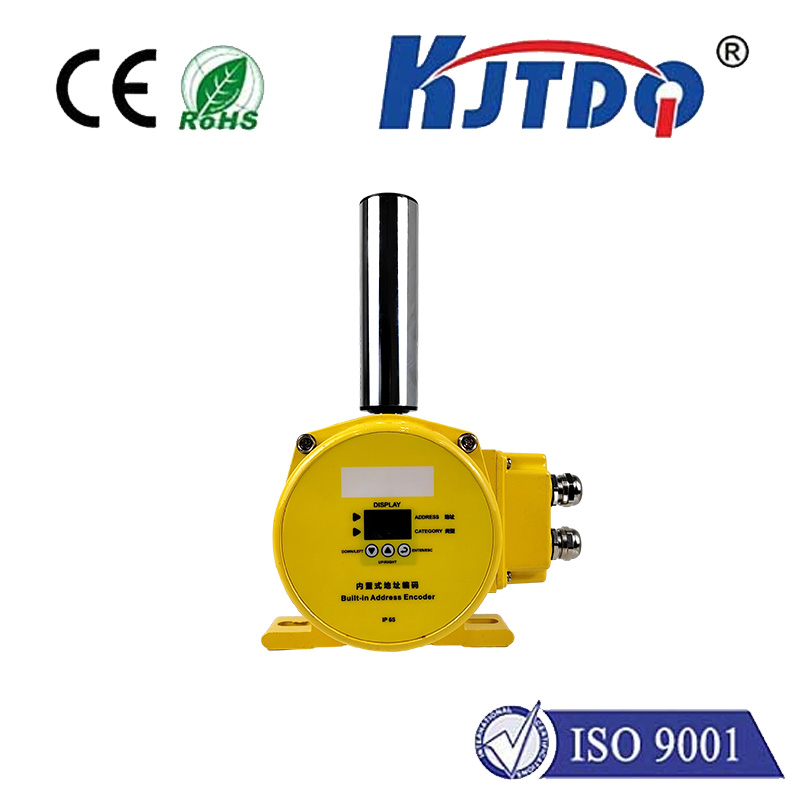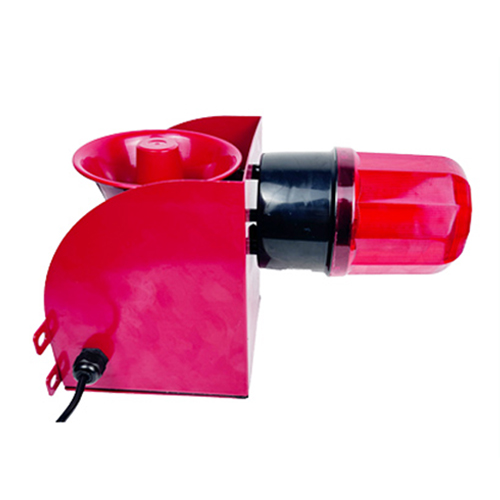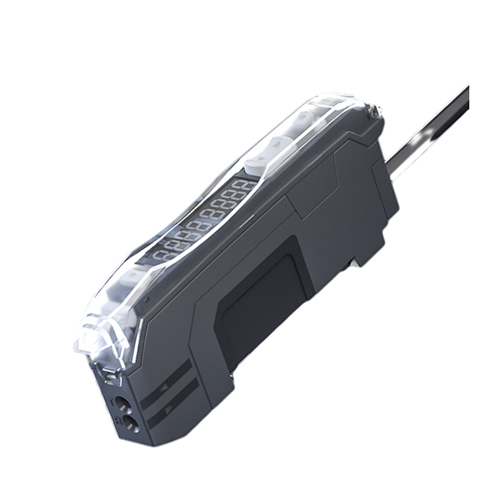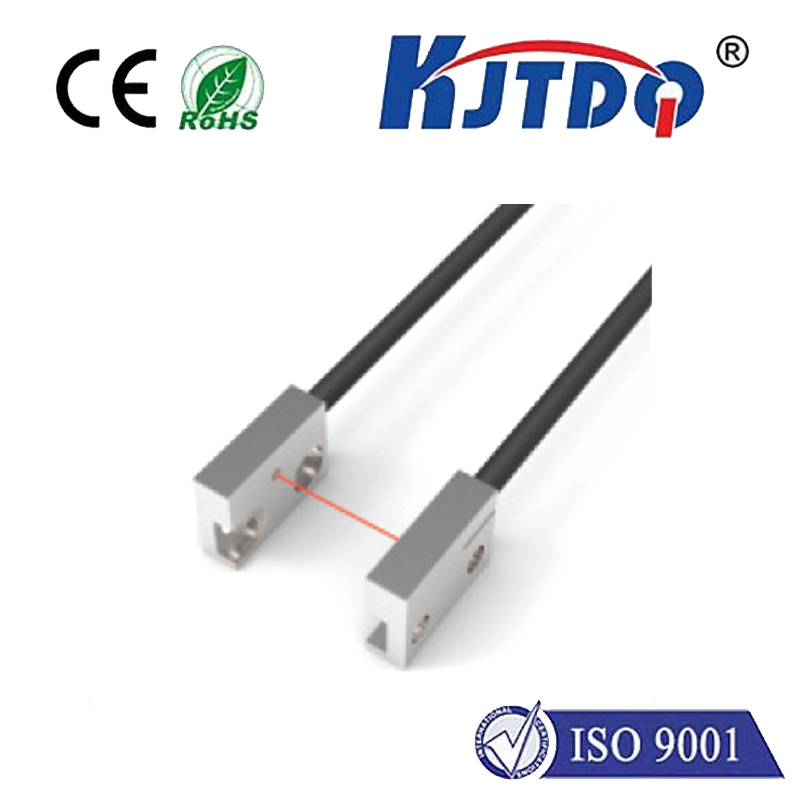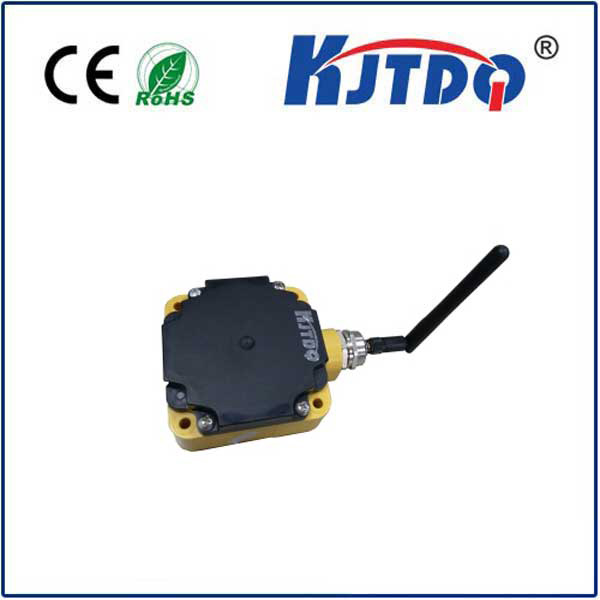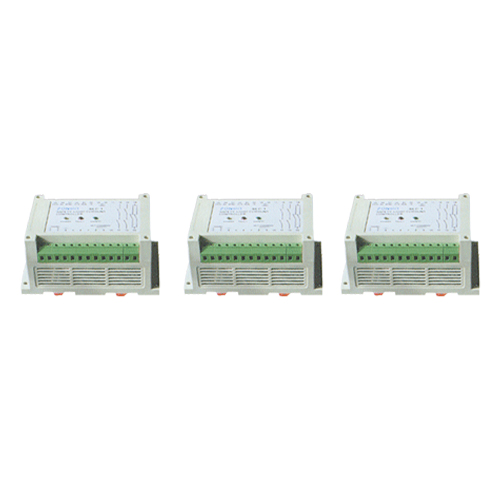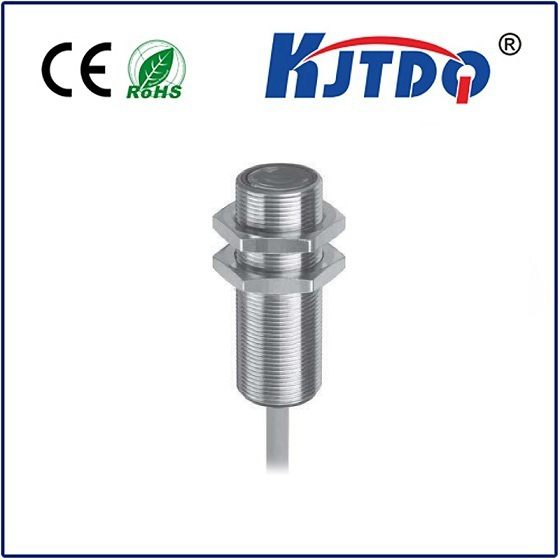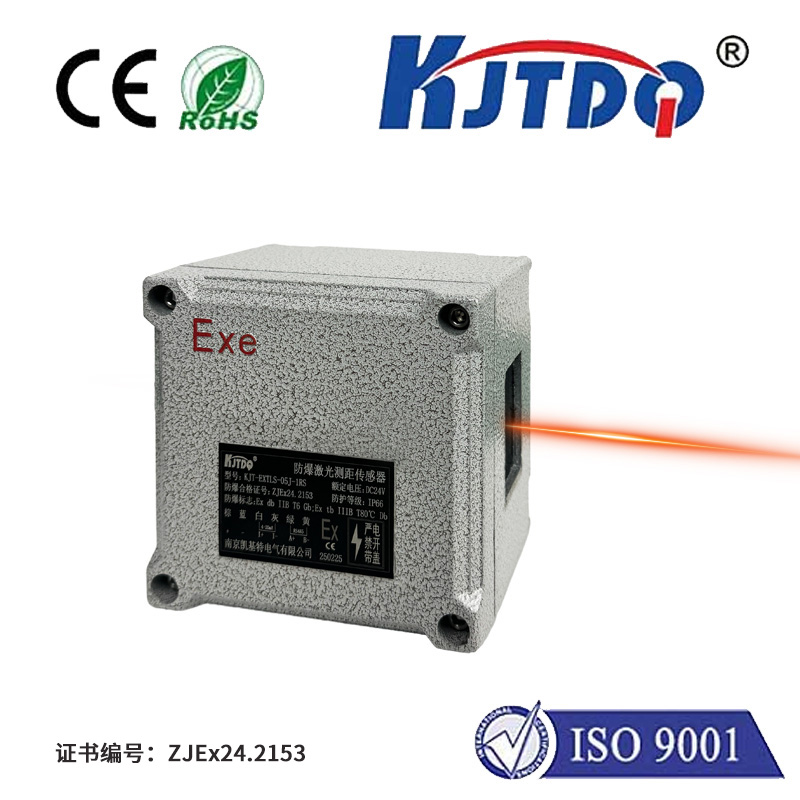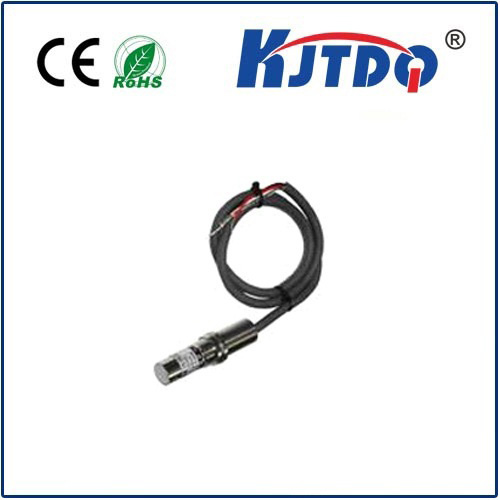sensor proximity pnp
- time:2025-07-18 08:52:31
- Click:0
Sensor Proximity PNP: The Plug-and-Play Powerhouse Revolutionizing Detection
Imagine a robotic arm halting abruptly mid-cycle. A machine jamming because a component was misplaced. Or costly downtime while technicians painstakingly trace wiring errors. These frustrating scenarios plagued automation for decades. Enter the sensor proximity PNP – a fundamental innovation built on Plug-and-Play simplicity that transformed how machines perceive their environment. This isn’t just another sensor; it’s a paradigm shift towards effortless, reliable proximity detection, making industrial automation smarter, faster, and significantly less prone to error.
At its core, a proximity sensor detects the presence or absence of an object without physical contact, typically using electromagnetic fields, light, or sound. The magic of “PNP” lies in its electrical configuration and inherent usability. Unlike older discrete sensors requiring intricate wiring knowledge, PNP proximity sensors embody the Plug-and-Play philosophy. They feature standardized interfaces and, crucially, provide a positive voltage signal (+V) on their output line when an object is detected.
Here’s why the sensor proximity PNP configuration is so pivotal:
- Effortless Integration: Connect the sensor’s brown wire to +V DC, the blue wire to 0V (DC Common), and the black wire to your controller’s input. When the sensor detects a target, it switches the black wire to the positive supply voltage (+V). This high-level signal is immediately recognized by most modern programmable logic controllers (PLCs) and input modules without needing external pull-up resistors or complex circuitry. Installation is drastically simplified, reducing commissioning time and wiring errors. Think of it as plugging in a USB device – it just works.
- Intrinsic Compatibility: Modern industrial control systems overwhelmingly favour sourcing inputs. PNP sensors act as “sourcing” devices, providing the positive voltage signal the PLC input expects. This direct compatibility eliminates compatibility headaches often encountered with older NPN (sinking) configurations.
- Enhanced Signal Integrity: Providing a robust +V signal when active makes the PNP sensor’s output inherently more resistant to electrical noise compared to open-collector designs relying on pull-up resistors. This translates to greater reliability in the electrically noisy environments common in factories and machinery.
- Error Reduction: Standardized color-coding (Brown/Blue/Black) and predictable behavior significantly lower the risk of wiring mistakes during installation or replacement. Maintenance personnel can swap out a failed sensor proximity PNP quickly and confidently, minimizing costly downtime.
The Undeniable Impact of PNP Proximity Sensors
The adoption of plug-and-play sensor proximity PNP technology delivers tangible benefits across countless applications:
- Material Handling: Ensuring pallets are correctly positioned before forks engage, detecting items on conveyor belts to trigger sorting or counting, confirming the presence of totes for robotic picking. Reliable detection prevents jams and product damage.
- Automated Assembly: Verifying component presence before a robotic arm performs an operation, confirming cylinder end positions for accurate sequencing, checking door closure on safety guards. Critical for precision and safety.
- Packaging Machinery: Detecting bottles or cans for filling and capping operations, sensing labels for application, confirming case presence for sealing. Essential for high-speed, synchronized operation.
- Machine Safety: Acting as part of safety interlock circuits on guards – ensuring a guard is fully closed before machine operation can commence. PNP reliability is vital for personnel protection.
- Position Feedback: Providing discrete position feedback for moving parts like slides or actuators, confirming home positions. Simplifies control logic and improves repeatability.
Beyond the Basics: PNP in the Smart Factory Era
The core plug-and-play sensor proximity PNP principle has evolved. Modern variants integrate seamlessly into Industry 4.0 concepts:
- IO-Link Compatibility: Many PNP proximity sensors now feature IO-Link interfaces. While maintaining the standard PNP switching signal for core functionality, IO-Link offers a digital communication channel. This enables advanced diagnostics (like temperature monitoring, signal strength, operating hours), remote configuration, and process parameter reporting – all flowing back to the control system for predictive maintenance and deeper process insights. The fundamental PNP wiring remains the reliable backbone.
- Smart Parameterization: Some advanced PNP sensors allow for parameter adjustment (e.g., sensitivity, switching delays) directly on the sensor or remotely, further enhancing adaptability without complex rewiring.
- Standardization & M12 Connectors: The widespread adoption of M12 connectors for sensors reinforces the plug-and-play ideal. Combined with PNP logic, sensor replacement becomes a matter of unplugging the old and plugging in the new – a task easily performed by operators without deep electrical expertise.
Choosing PNP: Why It’s Often the Default Standard
While NPN proximity sensors still have niche applications (particularly in legacy systems or specific PLC input card limitations), PNP is undeniably the dominant standard in modern industrial automation. Its alignment with sourcing PLC inputs, inherent noise immunity, simplified wiring, and reduced error potential make it the go-to choice for engineers and technicians globally. When specifying a sensor proximity PNP, you’re not just choosing a sensor; you’re choosing efficiency, reliability, and future-proofed simplicity.
A Manufacturer’s Realization: A prominent automotive parts manufacturer struggling with machine downtime traced to sensor wiring faults switched their entire line to plug-and-play sensor proximity PNP models with standardized M12 connectors. The result? A 35% reduction in sensor-related downtime and a 50% decrease in commissioning time for new lines. This epitomizes the tangible impact of this technology, proving that the PNP proximity sensor is far more than a component – it’s an enabler of smoother, more reliable, and more efficient automation. From ensuring a robot picks up the right part to guaranteeing a safety guard is secure, the unassuming sensor proximity PNP silently underpins the modern industrial world. Its plug-and-play nature makes advanced detection accessible and robust, proving that the simplest solutions often deliver the most profound impact.






